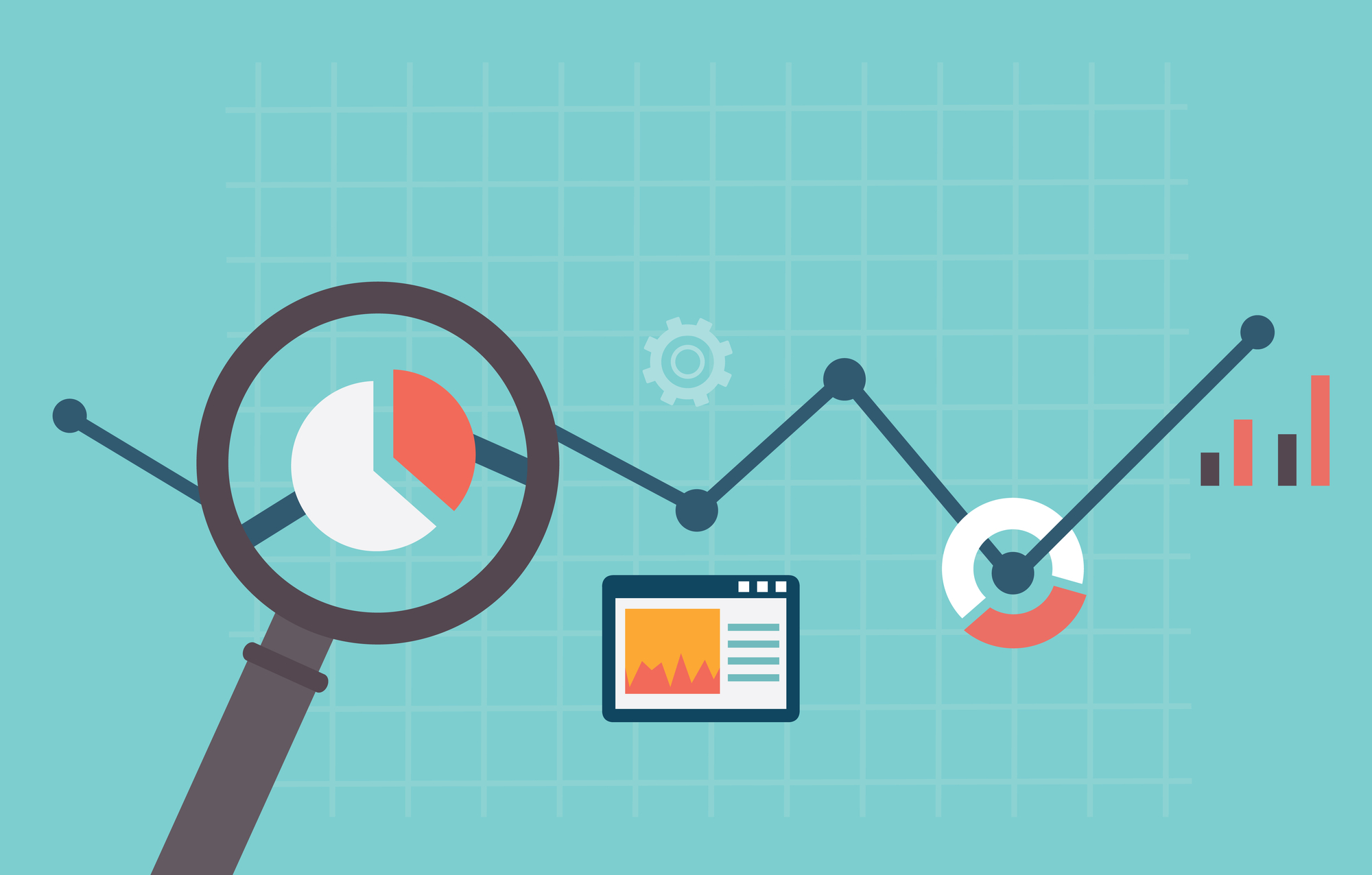
FREE Download For You
30 Best Tactics to
Maximize E-commerce Conversions
Making Your Ecommerce Website Work Smartermagic of online shopping? Click, click, and bam! A pair of sneakers or a book was on its way to your doorstep. Now imagine that thrill amplified for businesses – with the stakes higher than just one-off purchases.
Welcome to the world of b2b ecommerce websites. Here we’re dealing with wholesale transactions, bulk orders, personalized pricing policies… all operating in a digital landscape where convenience is king. We are talking about huge product catalogs meticulously organized; customer journeys tailored specifically for business buyers; and multiple payment options streamlined within user-friendly interfaces.
This isn’t an ordinary shopping trip. This is B2B eCommerce – complex yet exciting!
Are you primed to explore the intricate yet exhilarating world of B2B eCommerce? Whether you’re trying to grasp market trends or making a choice between free and paid platforms, we’re here to guide you through all there is.
Table Of Contents:
- Understanding the B2B Ecommerce Market
- Key Features and Best Practices for a Successful B2B Ecommerce Website
- Exploring Top Platforms for Building a Powerful B2B Ecommerce Website
- The Role of SEO in Enhancing Visibility of B2B Ecommerce Websites
- Leveraging Data Analytics for Insights & Improvements
- Integrating Third-Party Apps & Tools for Efficiency
- Conclusion
Understanding the B2B Ecommerce Market
The global B2B ecommerce market is a giant in its own right, valued at an astounding US$12.2 trillion. That’s over six times the value of the B2C market. No signs of deceleration are visible.
B2B ecommerce sales increased by 10% in 2023 to reach a total of $1.39 trillion, up from the prior year’s figure of $1.26 trillion. It’s not just about size though; there are specific features that define this sector and make it unique.
The Rise of Mobile Commerce in the B2B Market
One such feature is mobile commerce – often abbreviated as m-commerce. M-commerce has started to play a significant role within the world of business transactions due to increasing smartphone usage and improved digital systems.
Businesses aren’t just using their phones for calls or emails anymore; they’re also using them for purchases, enhancing customer experiences along with ease and convenience while shopping online.
Growing Popularity of B2B Marketplaces
A key trend shaping this landscape is how more businesses choose to sell products through popular platforms like Amazon Business instead traditional channels such as physical stores or direct selling websites.
This shift towards online marketplaces indicates changing preferences among store owners who recognize these platforms’ ability to reach wider audiences quickly compared traditional methods while still maintaining control over pricing policy and product descriptions—two vital aspects when doing business between companies rather than individual consumers.
Key Features and Best Practices for a Successful B2B Ecommerce Website
The heart of any successful B2B ecommerce website is its key features. The importance of having must-have features like robust inventory management, well-organized product catalog, and multiple payment options cannot be overstated.
Importance of Detailed Product Descriptions and Reviews
Detailed product descriptions are more than just a rundown of your items’ specifications. They serve as the backbone for creating an engaging user experience that can drive conversions on your site. To maximize their impact, consider incorporating customer reviews into each description.
User-generated content such as reviews not only provides authentic feedback but also boosts SEO rankings with fresh content updates. This strategy gives potential business customers an insight into real experiences with your products or services – invaluable information when making purchasing decisions.
Streamlining Checkout Process for Enhanced User Experience
A smooth checkout process is crucial in reducing cart abandonment rates while enhancing the overall user experience on your B2B ecommerce platform. Providing multiple payment options to cater to different preferences is one way you can streamline this process.
In addition to credit card payments, consider integrating popular digital wallets like PayPal or Apple Pay onto your platform’s checkout page. Also think about offering financing solutions for larger orders – this flexibility could mean the difference between conversion and lost sales.
Note: Research indicates that upping convenience in checkouts leads to 35% fewer abandoned carts.
Weaving these practices throughout all aspects of online operations helps maintain consistent quality service which keeps customers coming back time after time. Let’s face it; there’s no shortcut around putting work into improving our businesses—so let’s roll up our sleeves and get started.
For a winning B2B ecommerce website, you need key features like robust inventory management and diverse payment options. Detailed product descriptions enriched with customer reviews not only drive conversions but boost SEO rankings too. Streamlining the checkout process by offering multiple payment methods and financing solutions can significantly reduce cart abandonment rates.
Exploring Top Platforms for Building a Powerful B2B Ecommerce Website
Selecting the appropriate platform can be a crucial factor in creating an impressive online presence for B2B ecommerce. Today we’ll explore two giants: Shopify Plus, and WooCommerce B2B.
Shopify Plus – A Preferred Choice for Big Brands
With over 7,000 brands like Nestle, Leese, Pepsi and Bombas using Shopify Plus as their trusted partner for B2B ecommerce business transactions, it’s no wonder why this platform is at the forefront.
This robust ecommerce solution gives store owners easy access to source code customization options that let them build tailored shopping experiences. The intuitive admin panel simplifies backend management tasks while enabling flexibility with product catalog arrangements.
The appeal doesn’t stop there; Shopify also offers seamless integration with multiple payment gateways. This convenience enhances customer experience by giving them more freedom when choosing how they want to pay.
WooCommerce – Powering a Quarter of All Ecommerce Sites
Dominating about 26% of all ecommerce sites worldwide including renowned clients such as Weber, Ghostbed and AeroPress is WooCommerce. It stands out due its highly customizable nature which lets businesses adapt quickly based on their evolving needs.
A unique aspect about WooCommerce is its built-in SEO tools that help improve visibility among search engines – making it easier than ever before to attract potential customers organically through keyword-targeted content marketing efforts or blog posts.
This open-source plugin provides complete control over every facet from user interface design down to data analytics – all within the convenience of a WordPress admin panel.
WooCommerce, much like Shopify Plus, provides multiple payment choices to its customers; this is a great feature for those looking to offer more options and raise customer contentment.
with your business needs. Choosing the right platform can be critical for succeeding in the dynamic digital market, yet it’s essential to pick one that fits your business perfectly.
Building a successful B2B ecommerce website starts with picking the right platform. Shopify Plus is loved by big brands for its customizable nature and user-friendly admin panel, while WooCommerce stands out due to its SEO tools and adaptability. Both offer multiple payment options, enhancing customer experience.
The Role of SEO in Enhancing Visibility of B2B Ecommerce Websites
Search Engine Optimization (SEO) is not just a term; it can be the difference between being seen or going unnoticed on search engines. For B2B ecommerce websites, an effective SEO strategy can skyrocket your visibility and attract business customers searching for products tailored to their needs.
Understanding Search Engine Algorithms
At its core, SEO revolves around understanding how search engine algorithms work. The digital systems used by giants like Google determine where you appear in the search results based on numerous factors such as keywords, website speed, mobile optimization, backlinks, and user experience.
Incorporating these elements into your site not only improves its overall functionality but also boosts online sales through increased traffic. But remember – achieving this requires consistent efforts rather than one-time fixes.
Leveraging Content Marketing & Blog Posts
Beyond technical optimizations, content marketing plays a pivotal role in driving organic traffic towards your website. A study by HubSpot revealed that companies who blog get 55% more visitors to their sites compared to those who don’t source: HubSpot report.
This doesn’t mean stuffing every possible keyword into a single post though. Instead, focus on creating high-quality articles that answer questions relevant to your audience while naturally incorporating keywords within them.
Making Use of Email Marketing Techniques
Email marketing is another powerful tool at your disposal when executed correctly. It helps reach out directly to potential clients providing updates about new product offerings or sharing insightful industry-specific content, thus increasing web traffic substantially over time.
A report by Campaign Monitor suggests that for every $1 spent on email marketing, the average return is $38. source: Campaign Monitor.
Keep in mind though, achieving success with SEO isn’t an overnight process and requires constant evaluation and optimization.
Maintaining a User-Friendly Website
In the end, all your hard work won’t mean a thing if it doesn’t…
SEO’s role: It’s key for visibility on search engines. A strong SEO strategy can make your B2B ecommerce website stand out to business customers.
Understanding algorithms: To grasp how search engine systems operate, you need to enhance factors like keywords, speed, mobile optimization, backlinks and user experience. These improvements can lead to better rankings and a significant increase in your website’s visibility.
Leveraging Data Analytics for Insights & Improvements
With the rise of digital commerce, data has become a crucial part of B2B ecommerce strategy. It can give you valuable insights into customer behavior and help guide improvements in your approach.
The Power of Personalized Experiences
B2B buyers aren’t just looking for products or services – they’re after experiences tailored to their needs. Many are ready to shell out additional money for experiences that have been tailored specifically to their requirements. The key here is personalization.
So how do we create these personalized experiences? You’ve got it – with data analytics. By analyzing user behavior on your ecommerce platform, you can understand what each buyer wants and tailor their experience accordingly.
Data-Driven Decisions: The Secret Sauce For Success
Data analytics isn’t just about understanding your customers better; it also helps improve business decisions. With concrete numbers backing up every move, there’s less guesswork involved when deciding which features need improvement or where marketing efforts should be focused.
This level of precision wouldn’t have been possible without leveraging advanced tools like Google Analytics. These provide deep insights into user interactions on our site – from time spent per page to bounce rates and even conversion paths.
Making Your Ecommerce Website Work Smarter Not Harder
A major benefit offered by using data analytics is predictive analysis capability—allowing businesses not only respond reactively but proactively too. Imagine being able predict product trends based upon historical sales patterns before they happen—it’s quite literally shaping future through past.
| Year | Sales (in billions) |
|---|---|
| 2023 | $1.26 trillion |
| 2023 | $1.39 trillion |
Looking at the table above, we can clearly see…
Integrating Third-Party Apps & Tools for Efficiency
Integrating third-party apps and tools is essential for optimizing efficiency, improving customer experience, and increasing online sales. These digital systems are vital to optimizing processes, enhancing customer experience, and boosting online sales.
Tapping into Data Analytics
Data analytics tools can offer valuable insights into customer behavior patterns on your site. With this information at hand, you can make data-driven decisions that enhance user experience and boost conversions. For example, if a particular product page sees high traffic but low conversion rates, there might be an issue with the product descriptions or pricing policy.
Beyond problem detection, these tools help tailor products to specific segments of your audience based on their browsing habits or previous purchases. It’s like having a store assistant who knows exactly what each customer likes – talk about personalized shopping experiences.
Streamlining Payment Processes
Multiple payment options have become standard in ecommerce websites because they let customers pay using their preferred method which boosts satisfaction levels and increases the likelihood of repeat business.
A tool like PayPal offers seamless integration with most platforms while ensuring secure transactions. Meanwhile Stripe provides advanced features, such as recurring billing for subscription-based models – something increasingly popular among SaaS businesses selling software through ecommerce platforms.
Leveraging Email Marketing Software
Email marketing continues to be a great way of connecting with potential customers and taking care of existing ones, due to its directness and affordability. Services like MailChimp not only allow you to send bulk emails but also provide analytics on open rates, click-through rates, and conversions.
By leveraging services like MailChimp, you can gain insight into what content is resonating with your audience and make the necessary adjustments to future campaigns. So if a particular type of subject line gets more opens or a certain CTA results in more clicks – that’s precious information for your future campaigns.
Boost your B2B ecommerce website’s efficiency by integrating third-party apps and tools, using data analytics to understand customer behavior, streamlining payment processes with multiple options, and leveraging email marketing software for effective outreach. It’s not just about choosing the right platform – it’s also about how you use it.
Conclusion
Embarking on a B2B ecommerce website journey is no small task. You’ve learned that understanding the market, from its size to growth trends, sets you up for success.
The role of mobile commerce? Essential! Remember how it enhances user experience and boosts sales?
Then comes platform selection. Shopify Plus or WooCommerce? Paid or free like PrestaShop? Determining the most suitable platform for your business needs is essential.
You’ve also realized the importance of personalization in customer experiences and convenience features like fast shipping. And don’t forget SEO strategy – vital for online visibility!
To sum it up: Build smartly with the right tools, stay current with trends and always keep your customers at heart.
Ready to start growing your own money tree? Building an online business from home offers incredible freedom and income potential. To get started on the path to passive earnings, download our free guide outlining 20 profitable online business models.

FREE Download For You
30 Best Tactics to
Maximize E-commerce Conversions








